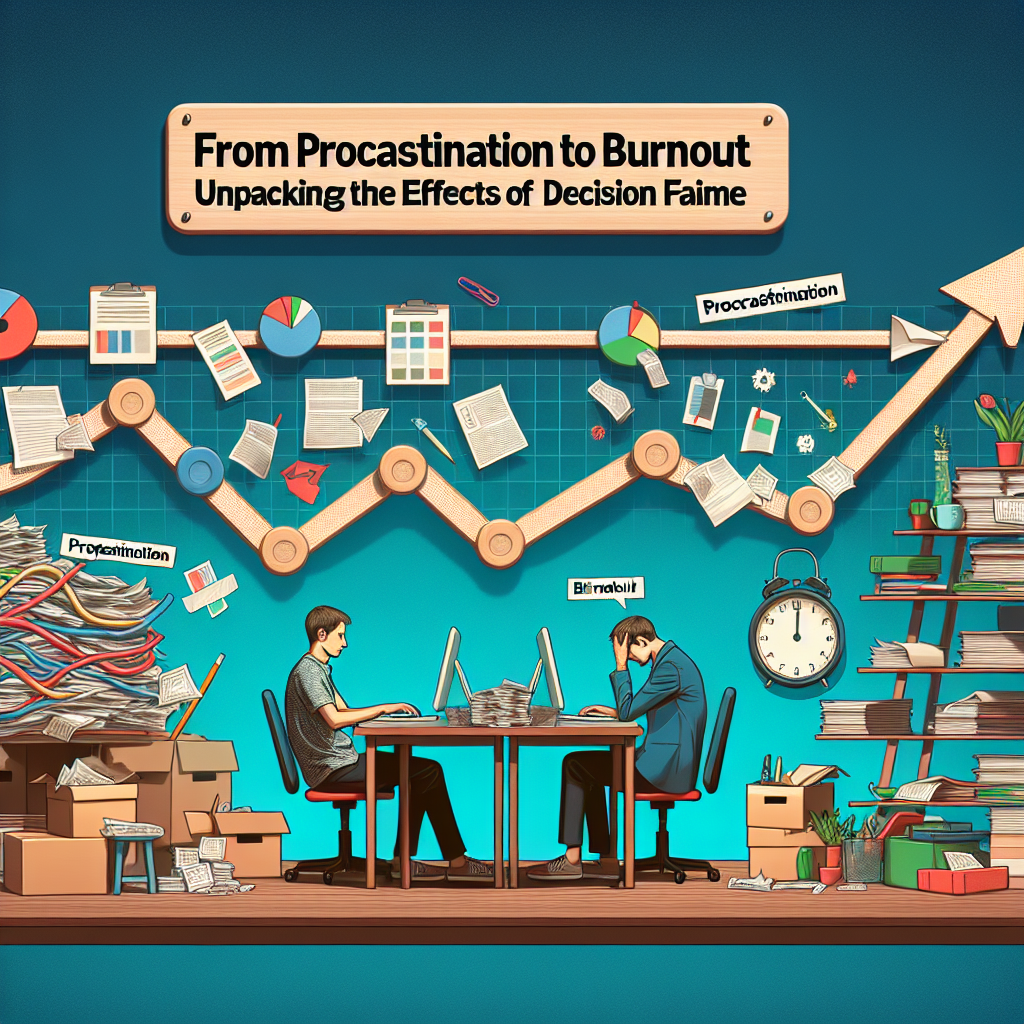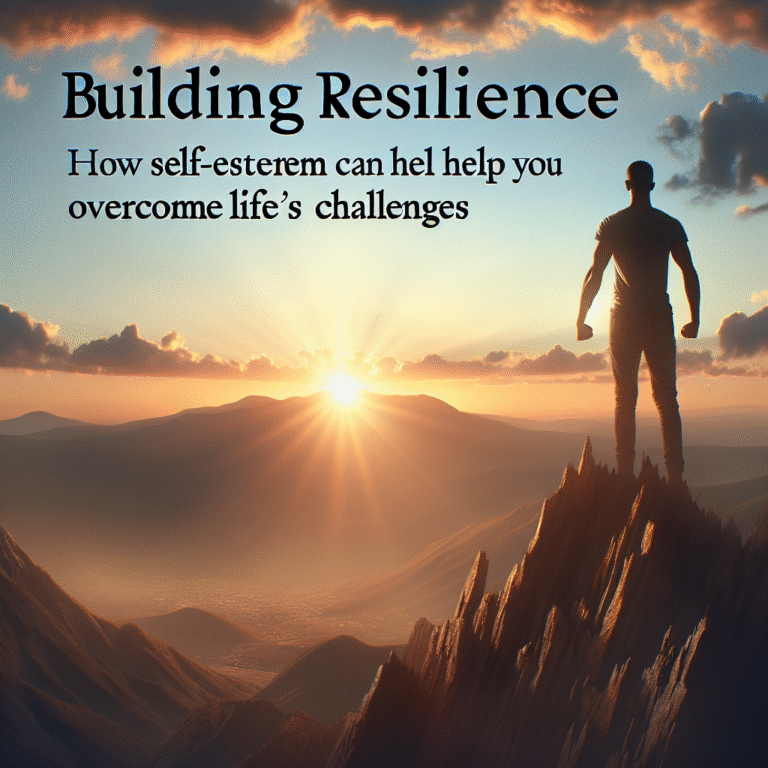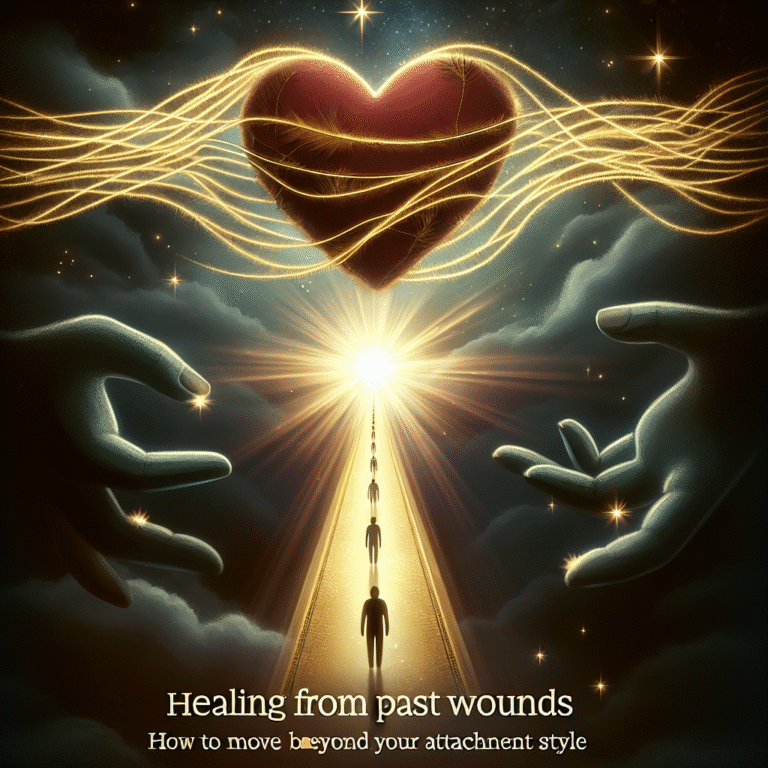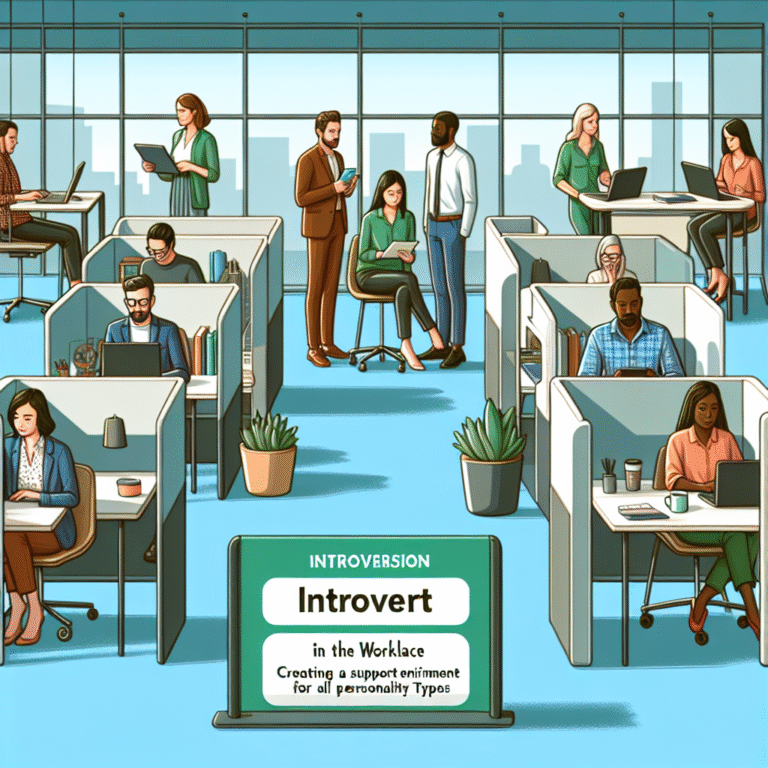
Introduction
Have you ever found yourself staring at your to-do list, knowing you should tackle tasks but instead scrolling through your phone or daydreaming? If so, you’re not alone. Many people grapple with procrastination, which can spiral into a debilitating cycle leading to burnout. Understanding the effects of decision fatigue is crucial as it sheds light on why we make poor choices when overwhelmed and how that can ultimately affect our mental and emotional well-being. This exploration will navigate the choppy waters from procrastination to burnout, revealing strategies to break free and regain control.
Understanding Decision Fatigue
What Is Decision Fatigue?
Decision fatigue refers to the deteriorating quality of decisions made by an individual after a long session of decision-making. Imagine feeling drained after a busy day of meetings where you must contribute, such as:
- Choosing what to serve for dinner.
- Deciding on a project approach at work.
- Managing social obligations.
Repeatedly making choices can lead to mental exhaustion and, consequently, poor decision-making.
The Science Behind It
Research shows that the human brain has a limited capacity for making decisions; after making too many choices, our minds tire. A study published in the journal Psychological Science underscores this point, illustrating how judges were less likely to grant parole later in the day. The more decisions they made, the more fatigued they became, leading to harsher judgments.
The Procrastination Burnout Cycle
Decision fatigue can lead to procrastination as individuals become overwhelmed with choices. When one becomes mentally drained, they may avoid making decisions altogether, resulting in a lack of progress that breeds guilt and stress, culminating in burnout. Here’s a simplified version of this cycle:
| Phase | Description |
|---|---|
| Decision Making | Overwhelming scenarios leading to fatigue |
| Procrastination | Withdrawal from decision-making altogether |
| Guilt & Stress | Feelings of inadequacy build |
| Burnout | Exhaustion and disengagement set in |
Case Study Insights
Case Study 1: The Working Parent
Consider Sarah, a working mother tasked with managing her job and taking care of her children. Every day, Sarah faces countless decisions, from what to prepare for dinner to how to navigate her children’s school events. As weeks progress, she finds herself delaying crucial decisions until the last minute, leading to resentment, stress, and ultimately, burnout.
Analysis
Sarah’s story reflects how extraneous decisions in personal life can accumulate, leading to procrastination in significant areas, such as career advancement or personal wellness.
Case Study 2: The Corporate Executive
John works long hours in a corporate environment. Tasked with making daily strategic decisions, he finds himself drained by the end of the week. Mondays are particularly overwhelming, as he struggles to muster the energy to tackle his responsibilities. He procrastinates on pivotal projects and instead focuses on trivial tasks, which he feels he can control. This leads to a relentless cycle of disengagement and burnout.
Analysis
John demonstrates how professional environments exacerbate decision fatigue, illustrating a need for structured decision-making processes to minimize overwhelm.
The Ripple Effect of Procrastination
Impact on Mental Health
Continued procrastination fueled by decision fatigue can lead to anxiety and depressive states. Individuals may feel trapped in their inability to act, resulting in a negative self-image and loss of self-efficacy.
Physical Health Consequences
Chronic procrastination and the stress of decision fatigue can manifest physically, with symptoms such as fatigue, headaches, or gastrointestinal issues. Stress hormones heighten when we avoid tasks we know we should complete, affecting overall health.
Productivity Pitfalls
When overloaded with decisions, productivity declines. Tasks pile up, deadlines are missed, and the quality of work diminishes. Understanding the relationship between decision fatigue and procrastination can help prioritize tasks and streamline efforts.
Solutions to Overcoming the Cycle
Prioritization Strategies
- The Eisenhower Matrix: Divide your tasks into four quadrants based on urgency and importance to clarify priorities.
- Batch Decision Making: Allocate specific times for decision-making to reduce the number of choices throughout the day.
- Simplification: Limit options to two or three viable choices. The fewer decisions you need to make, the better your mental clarity.
Mindfulness Techniques
Practicing mindfulness can help regain focus and reduce overwhelm. Techniques include:
- Meditation: Set aside five to ten minutes a day.
- Breathing Exercises: Use deep breathing to alleviate stress and refocus.
Seeking Support
Whether through peer support, mentorship, or even professional coaching, having someone to bounce ideas off can lighten the burden of decision-making.
Tools and Resources
Here are some useful resources and tools that can aid in mitigating decision fatigue and breaking the procrastination cycle:
| Tool | Description |
|---|---|
| Trello | Visual task management software |
| Focus@Will | Music designed to enhance focus |
| Pomodoro Timer | Time management technique to break tasks into manageable intervals |
Conclusion
The journey from procrastination to burnout is a challenge that many face today. By unpacking the complex effects of decision fatigue, we unlock valuable insights to help navigate our decisions with clarity and purpose. As we prioritize simplicity and mindfulness in our decision-making, we not only mitigate the negative impacts of fatigue but also reclaim our mental and emotional well-being.
Motivational Takeaway
Remember, decision fatigue doesn’t have to dictate your life. Take small, purposeful steps to minimize overload, and enjoy the freedom in your choices. Each decision you navigate with clarity brings you closer to your goals and well-being.
FAQs
1. What causes decision fatigue?
Decision fatigue is caused by the overwhelming number of choices one has to make throughout the day. This mental exhaustion leads to poor decision-making as cognitive resources are depleted.
2. How can I tell if I’m experiencing decision fatigue?
Common signs include feeling overwhelmed, experiencing indecisiveness, avoiding important tasks, and finding yourself relying on trivial decisions instead.
3. What are effective strategies to combat procrastination?
Prioritization techniques, mindfulness practices, and time management tools such as the Pomodoro Technique can empower individuals to overcome procrastination.
4. Can decision fatigue lead to burnout?
Yes, chronic decision fatigue can lead to burnout as the mental strain builds, causing a decline in motivation and overall job performance.
5. How can I simplify my daily decisions to prevent fatigue?
Limit options, batch similar decisions together for efficiency, and use decision frameworks like the Eisenhower Matrix to clarify priorities.
By embracing these insights and strategies, you can navigate the path from procrastination to burnout with resilience, reclaiming your focus and enthusiasm for the tasks at hand.











